
A printable game to build opioid awareness. Can you tell opioid fact from opioid fiction?

With the opioid epidemic evolving, prevention has never been more important. The rise of fentanyl across the country, and here in Connecticut, has created new and deadly dangers for young people. In 2021 alone, Connecticut had over 1,350 confirmed deaths due to opioid-related overdoses, with more than four out of every five overdose deaths involving fentanyl. Preliminary data from the CDC estimated over 100,000 people died from a drug overdose in the US in 2021.
Prescription drugs also remain a risk for youth. Most youth prescription drug misuse begins at home, where teens may find pills that haven’t been prescribed to them or begin to abuse prescriptions that were initially meant for short-term use.
To keep young people safe, parents, mentors, and other caring adults need the resources and support to not only talk to the youth in their lives about the dangers of substance use, but also keep current on evolving trends to be able to recognize warning signs before it’s too late.


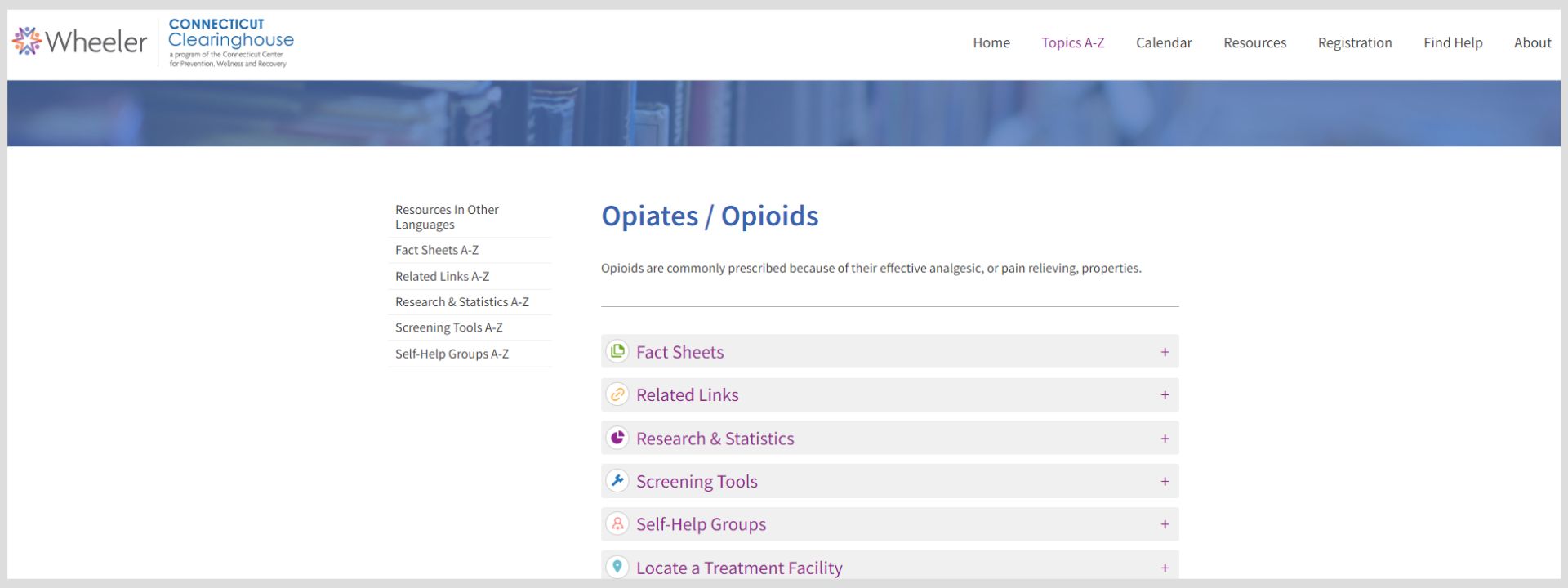
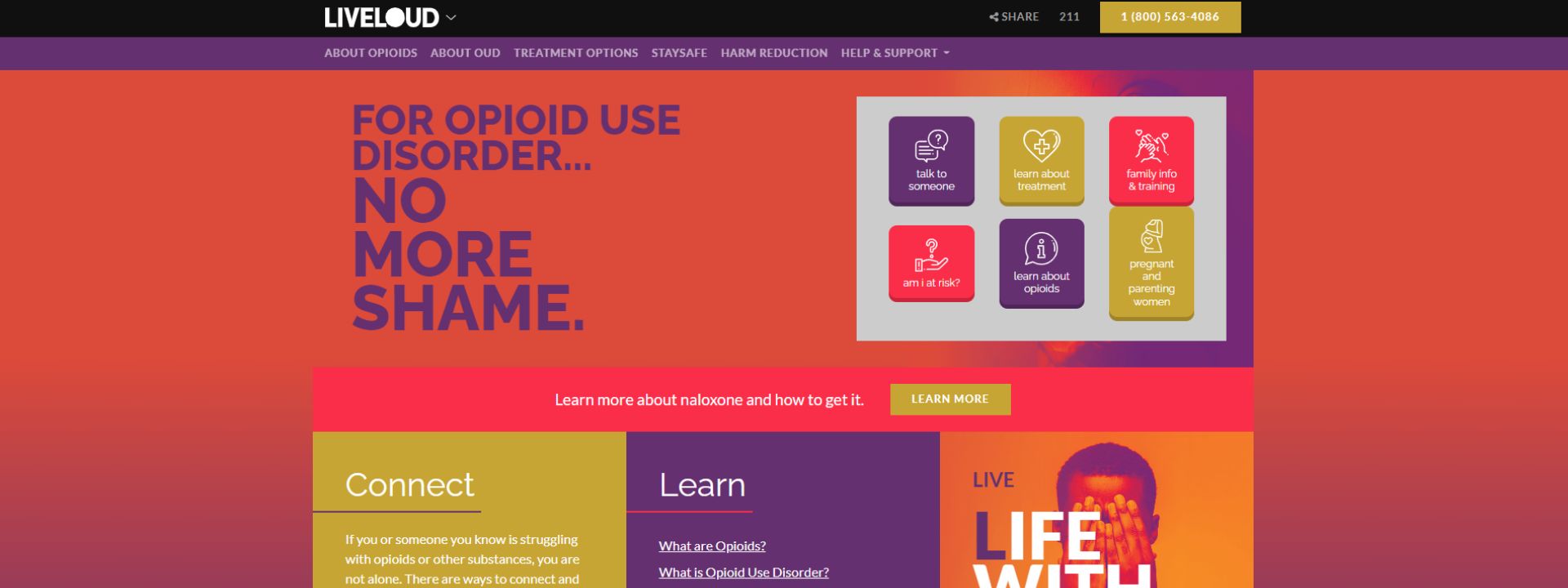
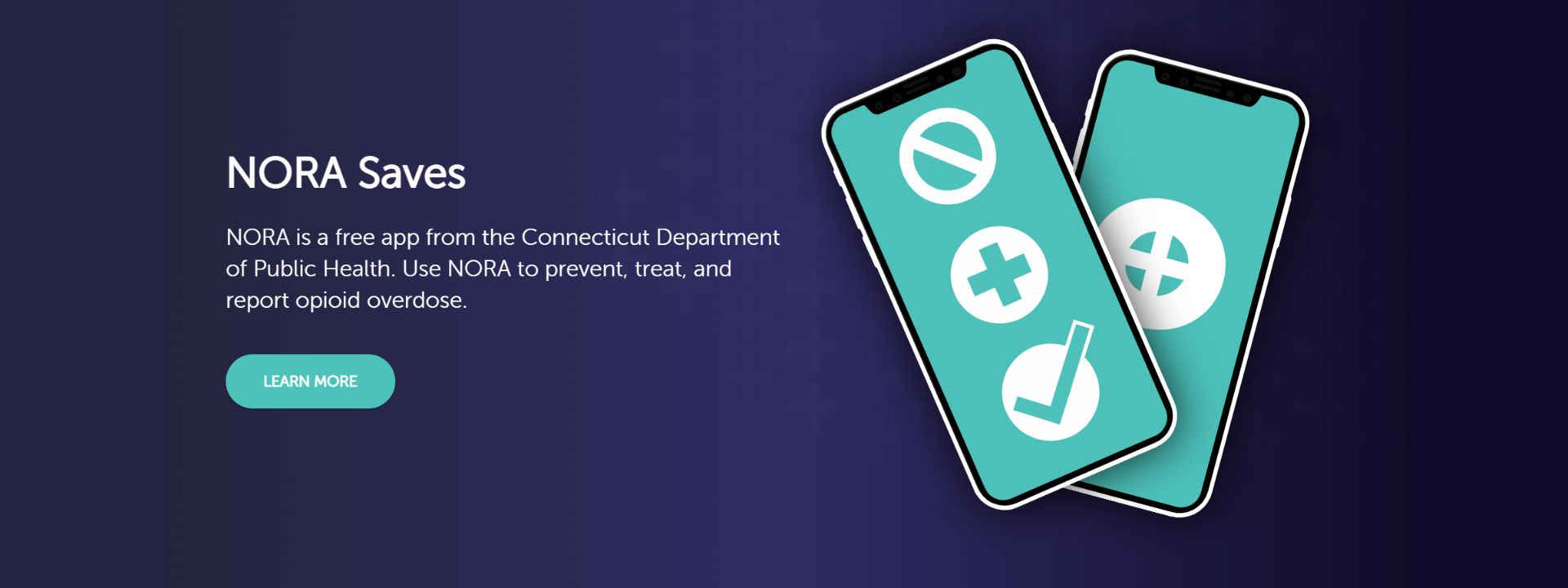
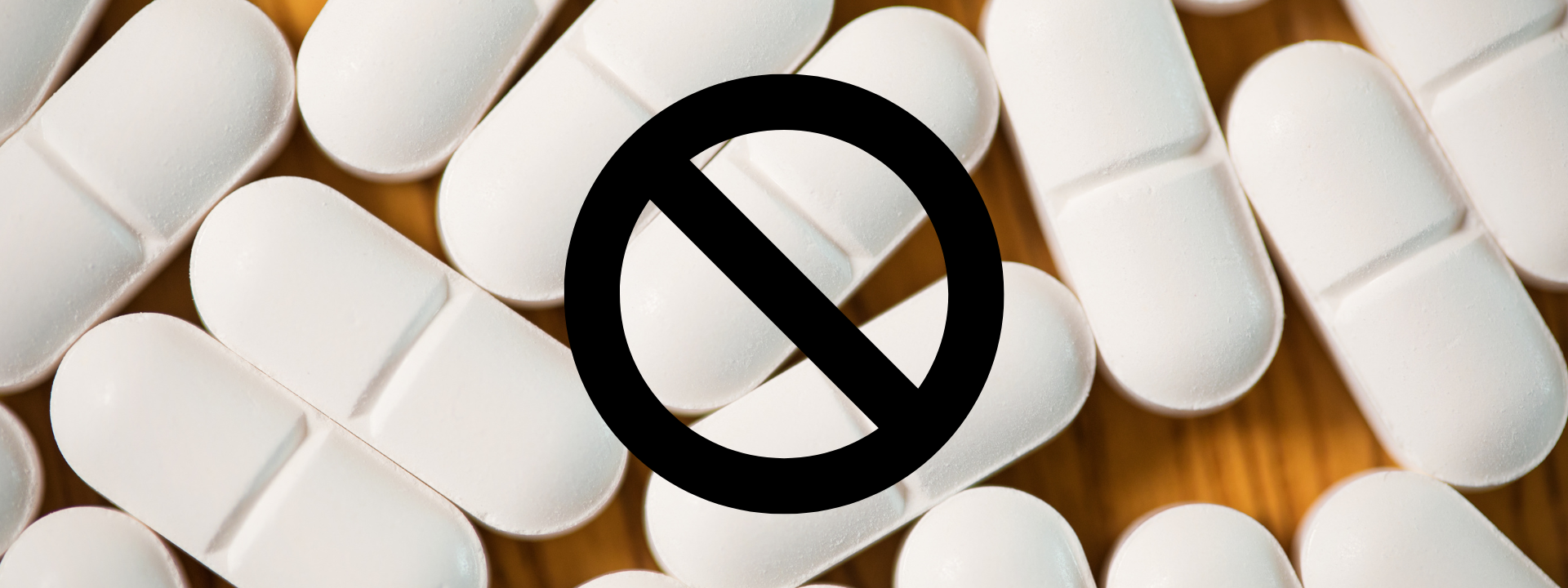

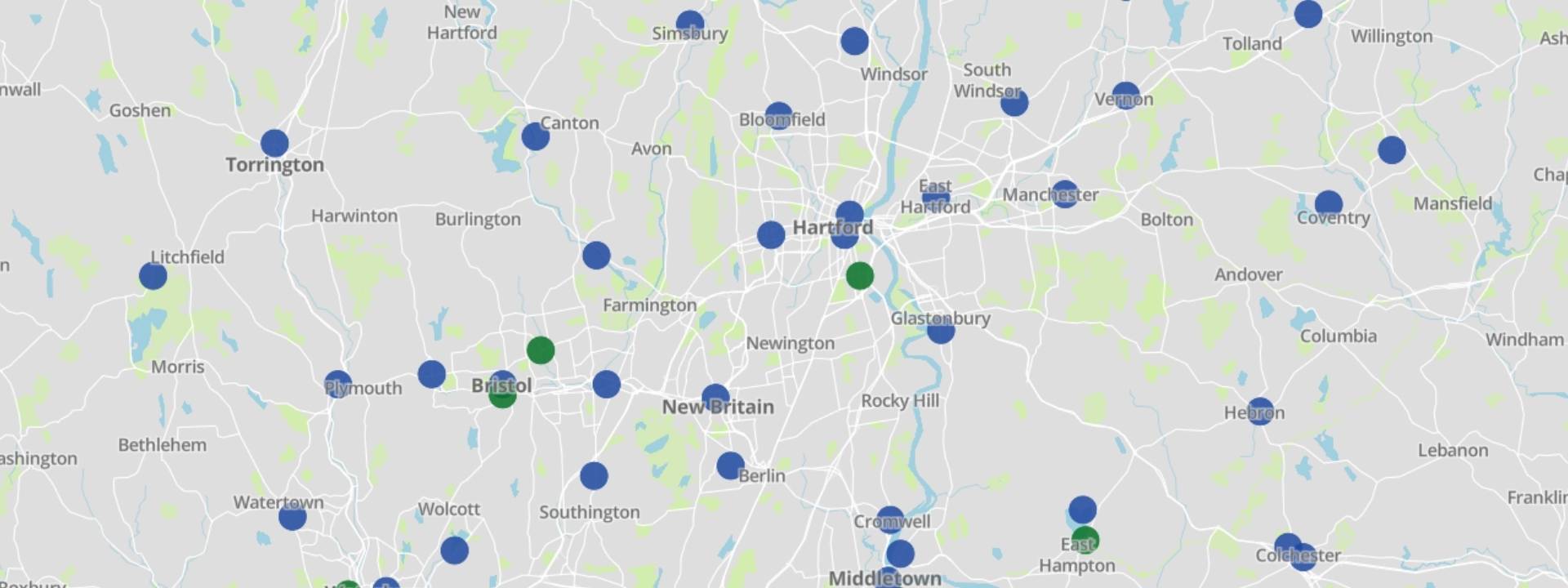
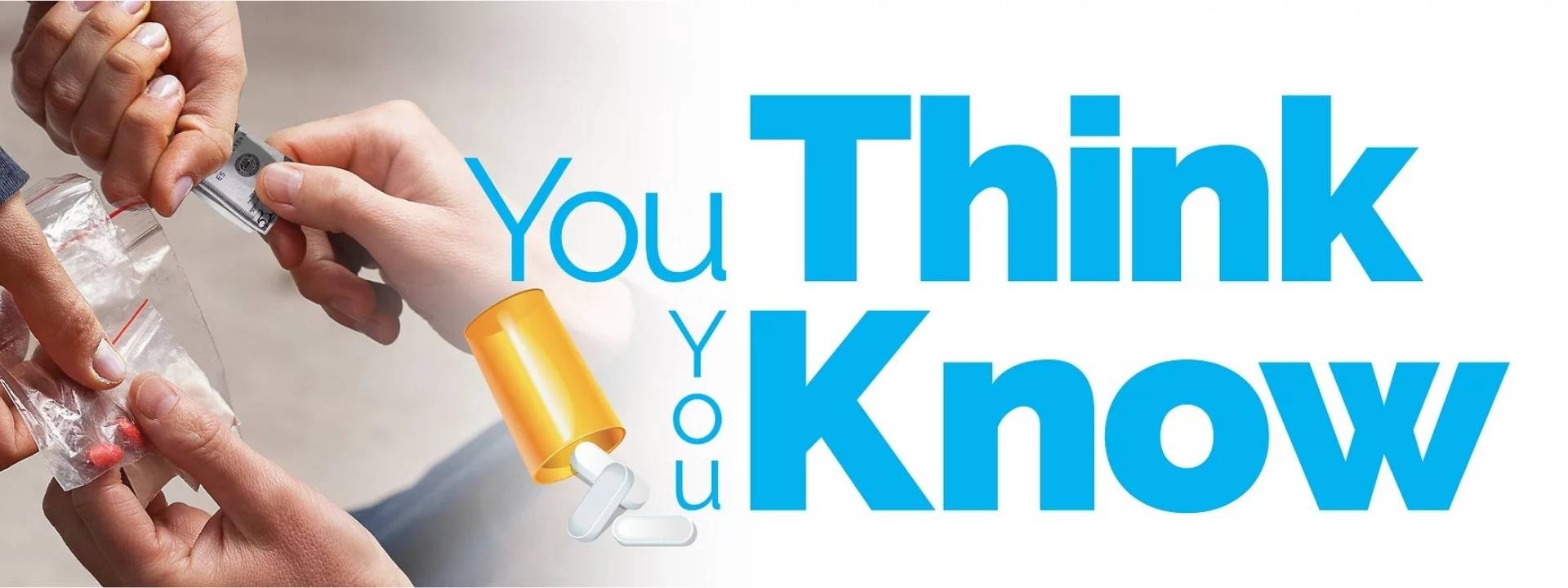
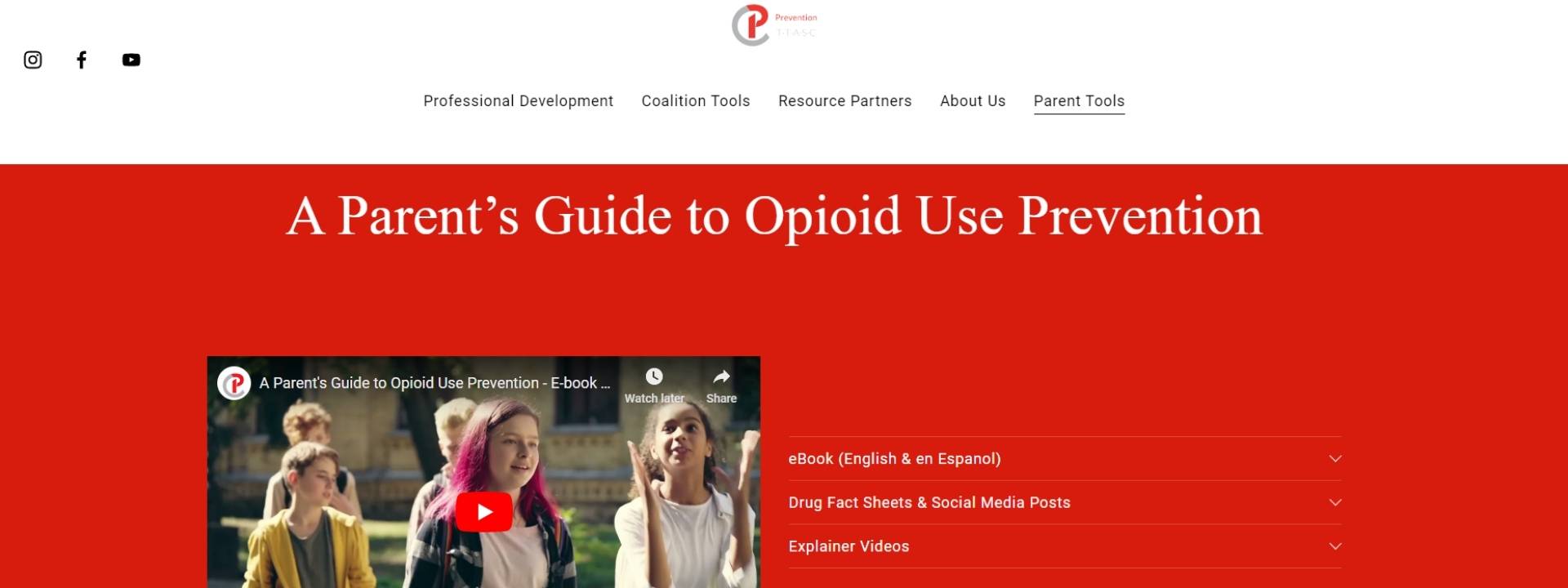
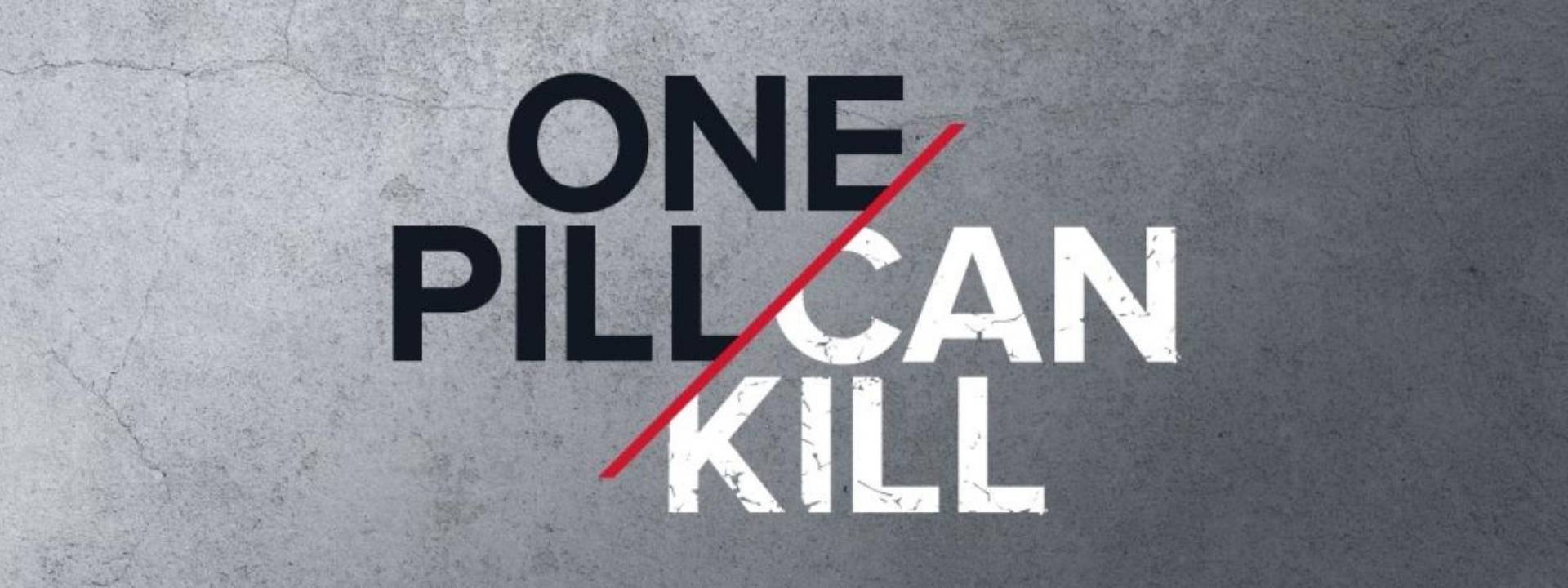
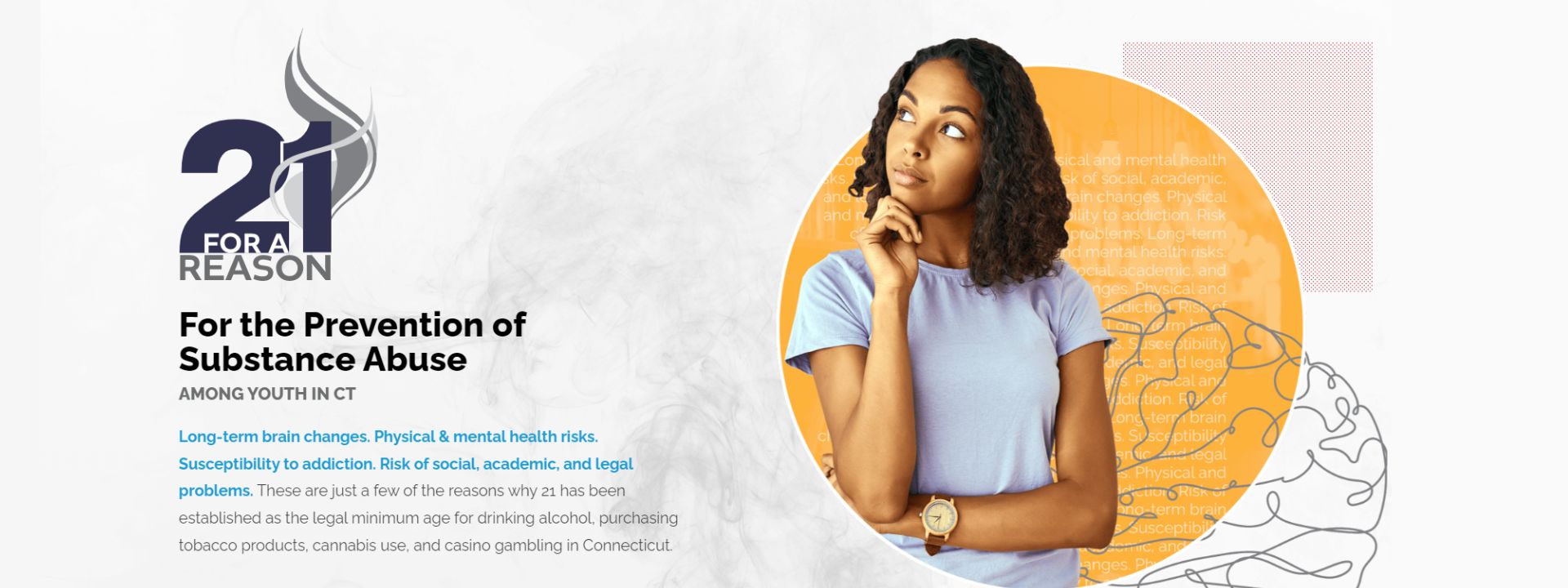

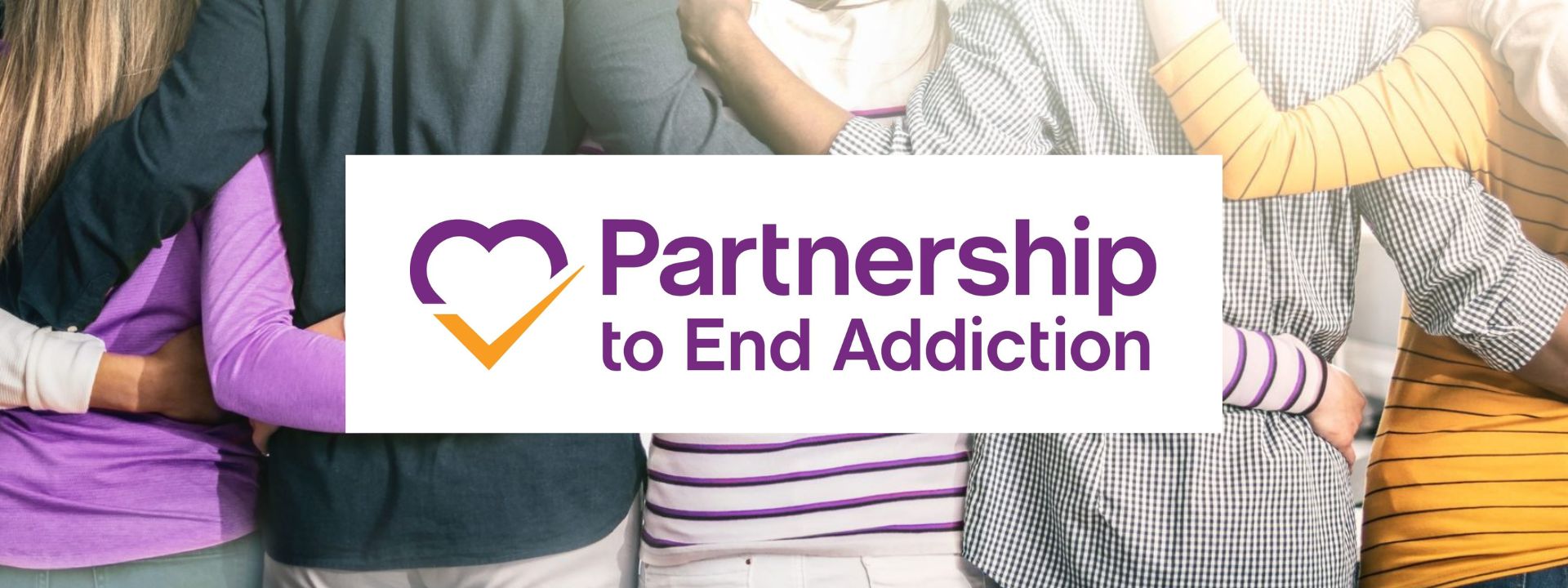
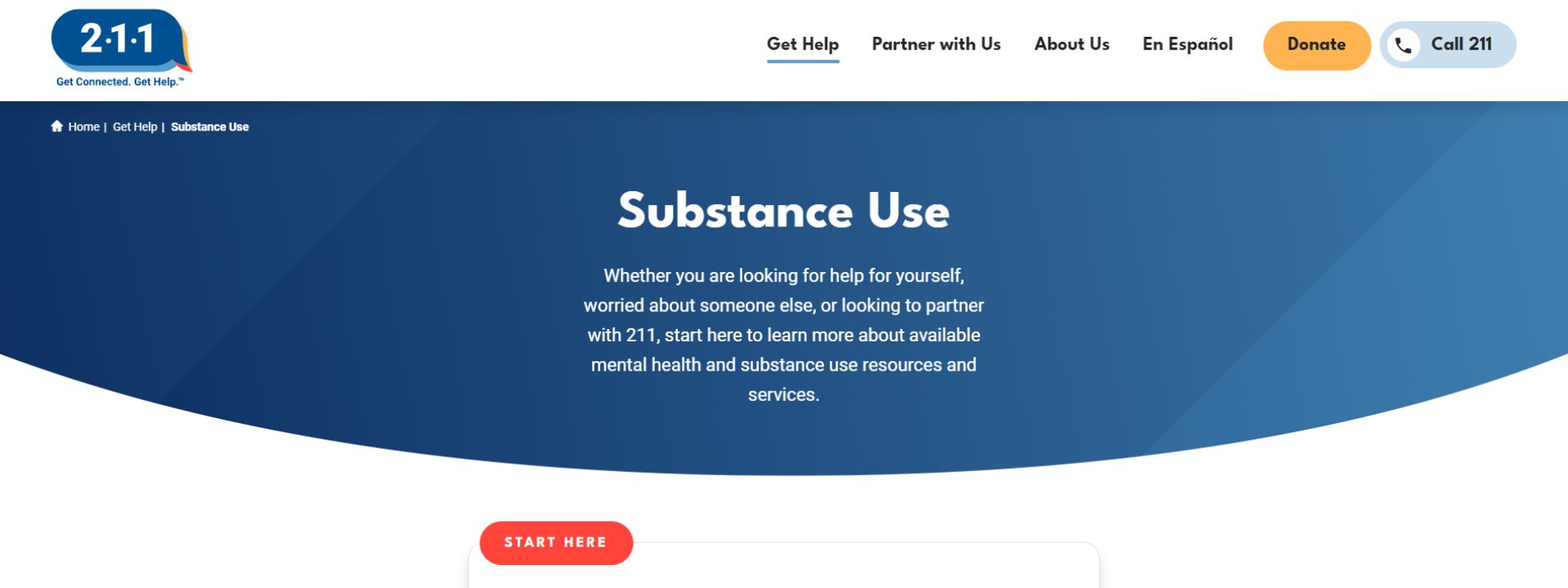
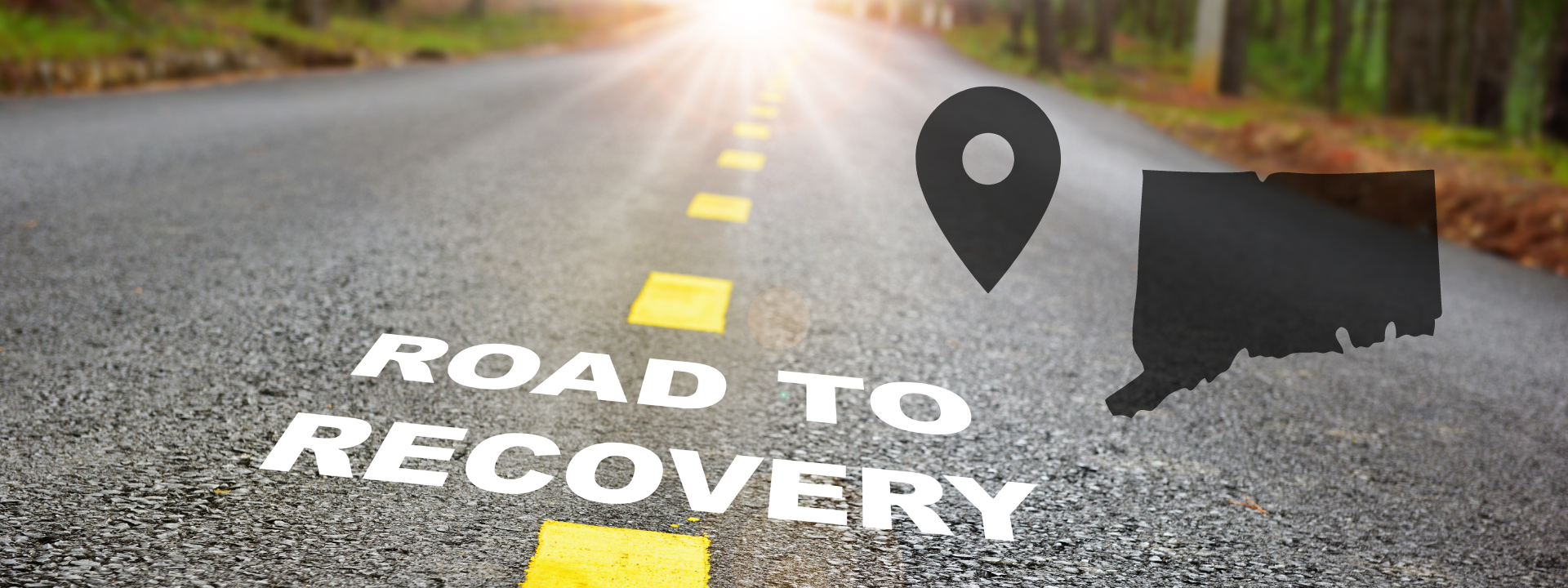
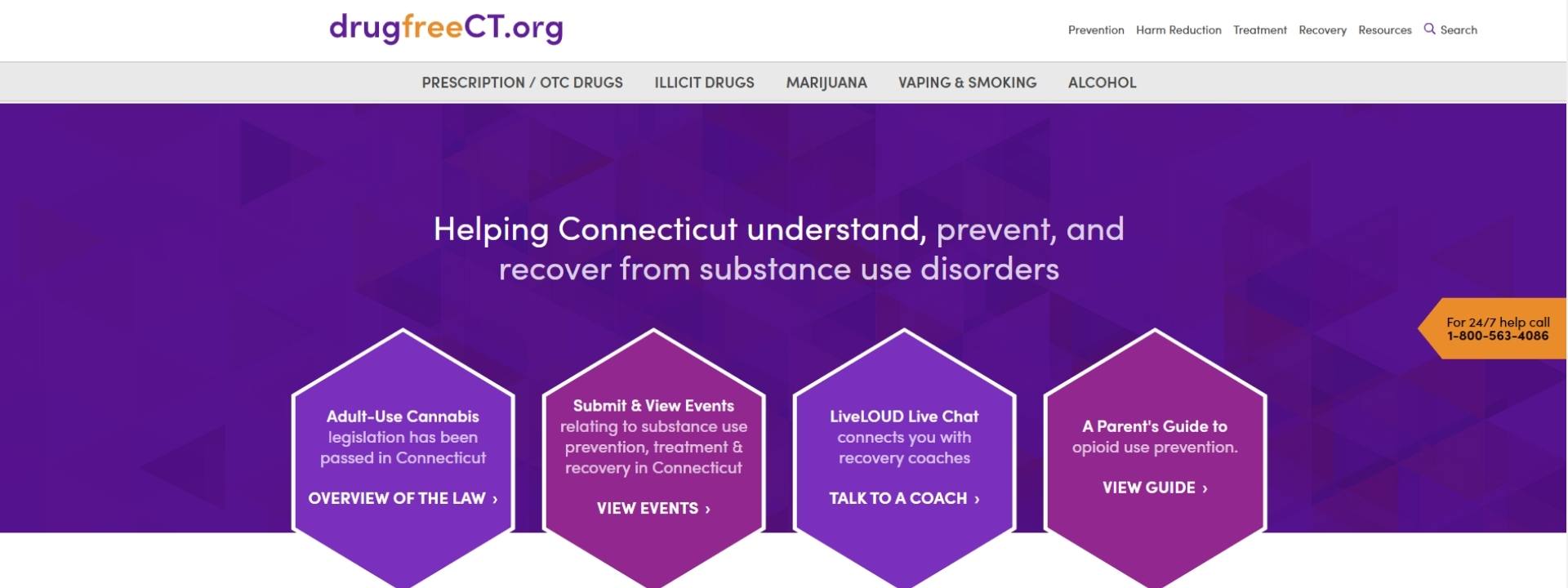
The Governor’s Prevention Partnership builds statewide capacity to prevent underage drinking and substance use and builds strategic alliances to promote the overall well-being of Connecticut’s future workforce.